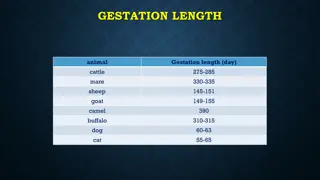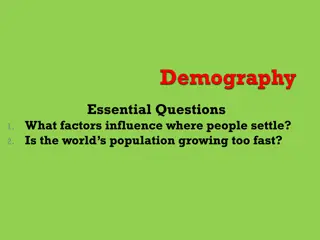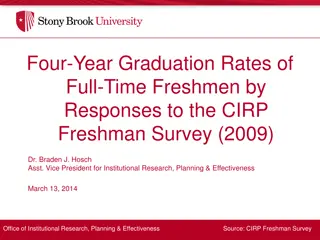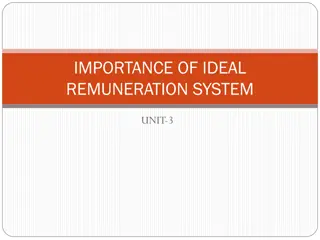Factors Influencing Landscape Practice: A Comprehensive Overview
Factors impacting landscape practices are diverse, spanning economic, political, social, and environmental realms. Issues such as market pressures on smallholders, governmental policies, cultural perceptions, and ecosystem health all play crucial roles in shaping landscape management decisions. Understanding these influences is vital for sustainable and effective landscape planning and intervention strategies.
Download Presentation

Please find below an Image/Link to download the presentation.
The content on the website is provided AS IS for your information and personal use only. It may not be sold, licensed, or shared on other websites without obtaining consent from the author. Download presentation by click this link. If you encounter any issues during the download, it is possible that the publisher has removed the file from their server.
E N D
Presentation Transcript
Group 2 James Bamptom Robson Avi Miguel Moraes Mauricio Talebi Gary Dunning Amity Doolittle Ivone Namikawa
Question 1: What key factors influence practice across the landscape?
Scale Must keep scale in mind. The impact of factors (economics, politics, social issues) varies depending on scale of inquiry even within the local or regional level Landowners or household Community Municipality
Social/Cultural Media has a big role when media discusses environmental issues, it is always about Amazonia we don t have examples of what is happening in this region Cultural notions of what is appropriate way to manage your garden Natural landscape is seen as unproductive, untidy, European immigrants want to see the landscape look like the clean and well maintained forests of Europe Succession concern over youth outmigration Environmental education
Economic/Markets Pressures on smallholders comes from those who are buying the products Big buyers can influence what is happening on properties by refusing to buy from producers who are not in compliance to CAR Commodity prices Access of smallholder to funding lack of compliance to CAR
Political Governmental organizations and their policies influence landscape and landscape Foster a more integrative approach to planning and interventions in order to reach landscape level objectives Avoid narrowly defined goals Avoid segmented, sectoral focus on one issue at a time Can we consider the linkages between sectors in planning and intervention Larger political pressures, perhaps external to region Ruralists, large land holders, refusing to register in order to pressure postponing the CAR-
Environmental concerns Importance of understanding ecosystem services Water Soil Should a wider focus on other ecosystem services be fostered? Important relationship between agricultural practices, human health and ecosystem health Contagious diseases Over use of pesticides Are there concerns over whether restoring the landscape will attract animals such as puma? Attacking domestic animals
Question 2: Who needs to be engaged in the process of change?
Public, governmental Environmental governance Minster of Environment State agency of the environment Municipal agency of environment Extension agents and technical assistance Association of Municipalities Municipal Secretary of Education policy level Teachers Schools community/social level Civil Society NGO Farmers Community members Corporate, private Producers associations Different actors along the supply-production chain Who is holding out?: who can we better engage those who are holding out

















































